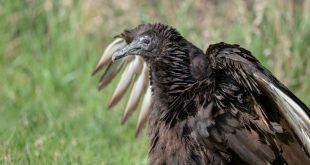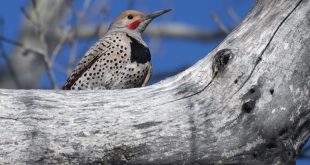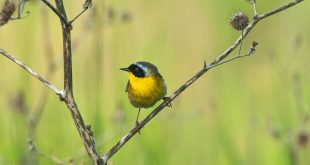Sasquatch, chupacabra, Yellow Rail and White-eyed Vireo have long been mythical creatures, at least for me in Nebraska. I’ll leave the two mammals to be discussed elsewhere (this IS a blog about birds). On the other hand, I have long sought to find the two mythical birds in Nebraska.
The Yellow Rail is a small marshbird that should migrate through Nebraska in spring and fall between breeding and wintering areas. It has only been documented on a handful of occasions because it is secretive and elusive. On Monday, I joined Paul Dunbar to search areas in southeast Nebraska thought to be good habitat for this species. Late September and early October is believed to be the time when Yellow Rails are moving through our area. Paul is doing a Nebraska big year (attempting to see as many species in the state in one year). He has already set a new Nebraska record and he still has over two months to add more species. Yellow Rail would be a lifer and a year bird for both of us. One does not find a Yellow Rail through casual observation; success requires work. Our approach was to drag a light rope over rail habitat in the hopes of flushing one and catching a brief glimpse before it would land and disappear in the vegetation.
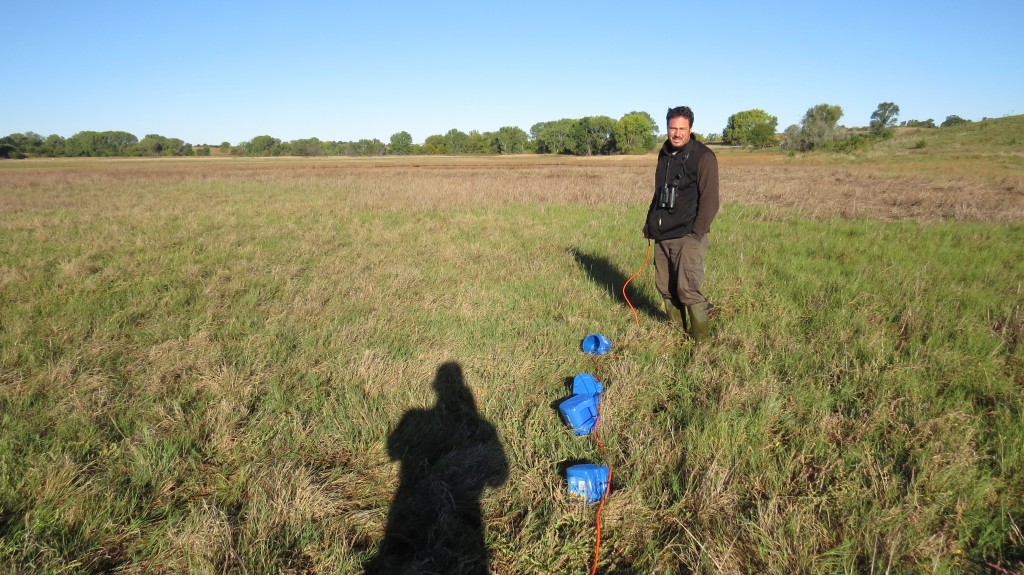
Even though we walked several miles dragging rope, our attempt to find Yellow Rails failed. Furthermore, this was my fourth failed attempt to flush a Yellow Rail. We did enjoy seeing other seasonal migrants such as Marsh Wrens and LeConte’s Sparrows.
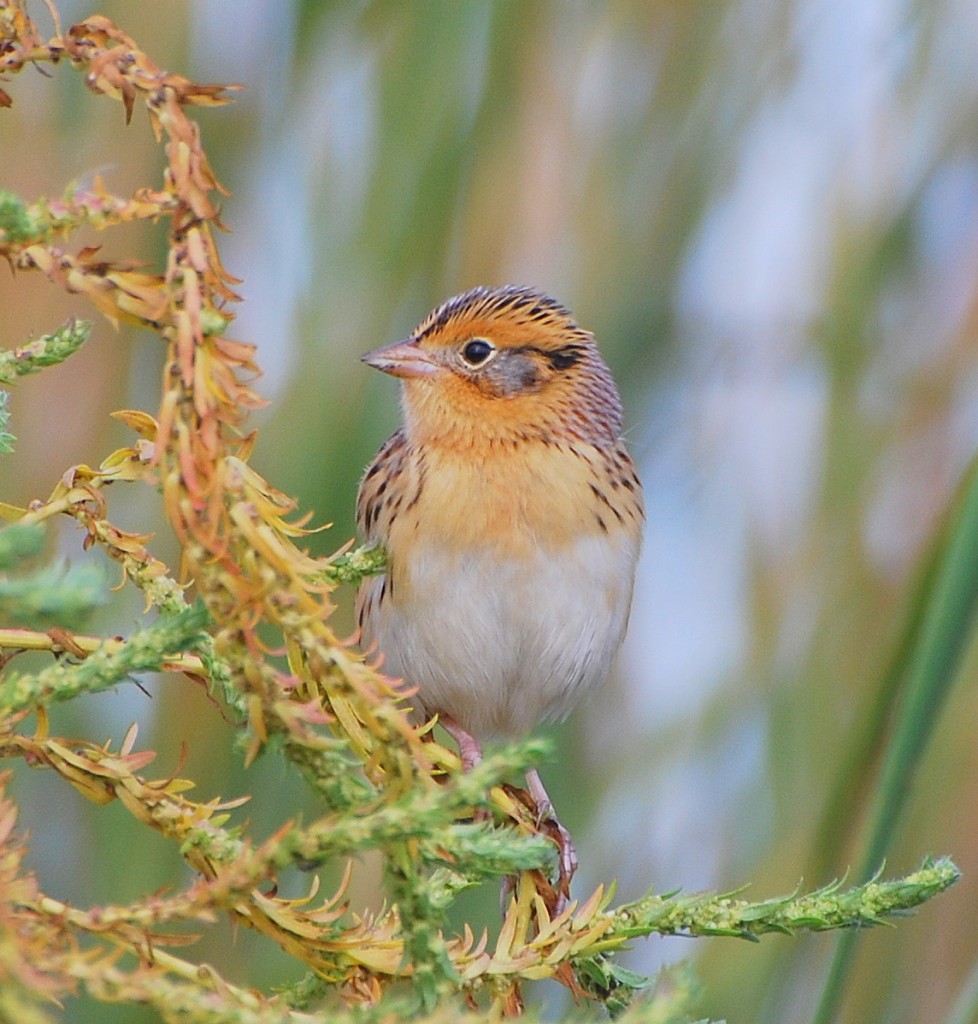
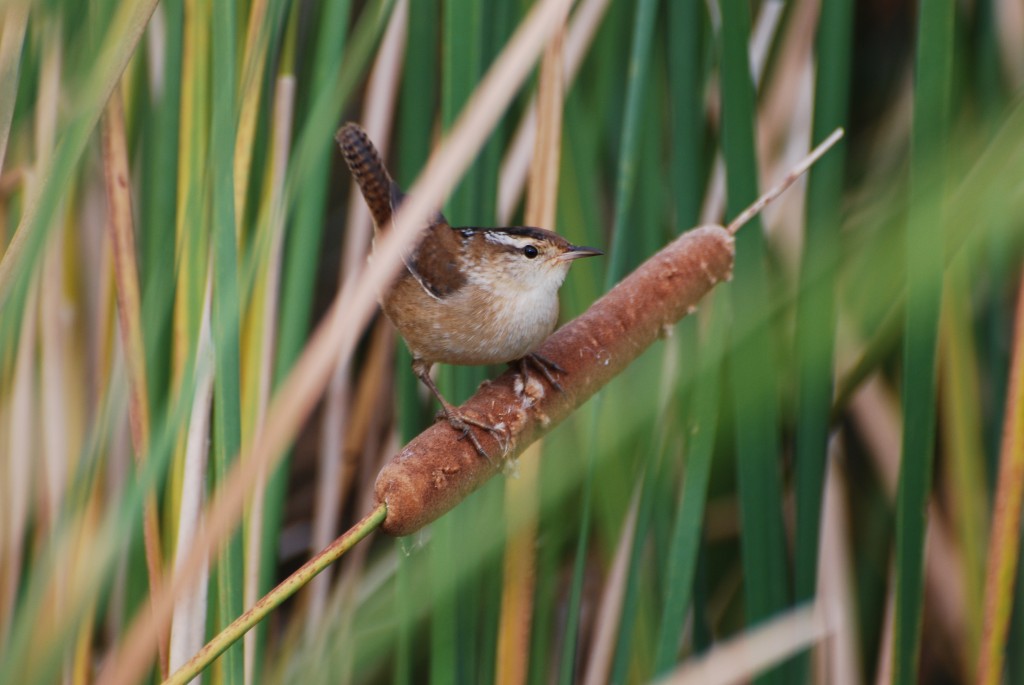
The White-eyed Vireo is another mythical creature, or, at least it was until Sunday. The White-eyed Vireo is a small songbird that occurs to the south and east of Nebraska, but just about every year one is found in Nebraska. In my decades of birding in this state, this bird has eluded me. It was my nemesis. On Friday, it was reported that Sam Manning found this White-eyed Vireo at Standing Bear Lake on the northwest side of Omaha. Chasing birds is a gamble and I thought it was unlikely that this White-eyed Vireo would stick around with the passage of the big cold front over the weekend. Shockingly, I, along with Justin Rink, relocated the White-eyed Vireo and I can finally “tick it” on my state list. The White-eyed Vireo is no longer a myth or a nemesis.
[youtube]http://www.youtube.com/watch?v=7N75UGH5E2Y[/youtube]
This YouTube video is for people that dont’ want to wait decades to see a White-eyed Vireo.
 Nebraskaland Magazine
Nebraskaland Magazine
